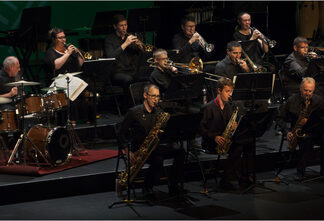The following is an excerpt from the Capricorn Coast Historical Society’s mini book Tales of The Capricorn Coast, detailing the building of the Roxy Theatre in Normanby St, Yeppoon (1934-1978):
In 1934 the first house to be built in Yeppoon, Atherton’s Beach House, was demolished to make way for the new Roxy Cinema.
An open-air structure was in place in time for the Christmas/New Year holiday period (Evening News 2 Feb 1935, p5) but in June 1935 tenders were called for the final construction of the Roxy, with architect Roy Chipps of Rockhampton.
The proprietor was Mr Len Harris.
“The Roxy construction was of timber and fibrocement and took advantage of the steep sloping block.
“The interior featured wood panelling, art deco lights and a plaster proscenium with coloured footlights.
“The screen was at the street frontage end of the building… The Canvas seats were installed on the single, raked, bitumen covered floor.” (Cinema Record No. 15, February 1997, p11-12).
The theatre was completed by Christmas 1935 and the Morning Bulletin records, “At the new Roxy Theatre, where, incidentally, the first Neon sign has been introduced in Yeppoon, the attendance was a record and extra seating accommodation had to be obtained.”
“A new record was set on Thursday.” (MB 26 Dec 1936).
A day at the beach could now include a visit to the movies.
“Four trains comprising 41 coaches were required to convey a record crowd of approximately 2500 passengers.” (MB 30 Dec p4)
The theatre was officially opened in January 1936.
The Cinema and Theatre Historical Society of Australia Inc records that it seated 562 people.
Len Harris had entered into a brief partnership with AK Findlay at the Regent Theatre but the two men soon fell out and a court case ensued which Findlay lost and he was unable to show movies. (MB 3 Nov 1933 p7 and 27 Feb 1935 p8).
Harris, who had the films’ rights, then built the Roxy which he operated until 1975 when he sold to the Baglow Family.
During WW2, the Roxy had continuous screenings, four shows a day.
The Sunday afternoon screening was especially reserved for soldiers.
This was a lucrative business during the period when large numbers of American servicemen were stationed in the region.







